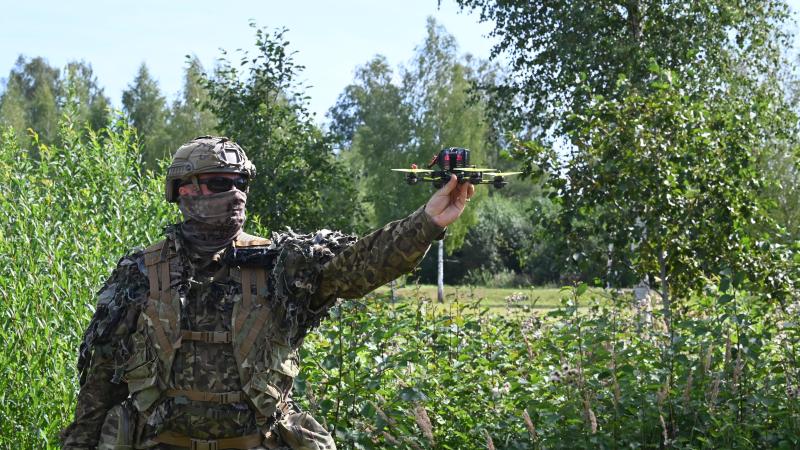BAKU, Azerbaijan, August 22. From 18 through 28
of August, the National Armed Forces of Latvia, in cahoots with
NATO’s Communications and Information Agency, are rolling up their
sleeves for joint military exercises dubbed “Baltic Trust 25”
(BATT25) at the Sēlija training area and in the Sunākste region,
where the drills also include the technical interoperability
exercise “mTie25,” Trend reports.
“These exercises show our soldiers training shoulder to shoulder
with allies to strengthen readiness and cooperation in protecting
our state border against threats posed by unmanned aerial
vehicles,” Defence Minister Andris Sprūds said.
During the decadal span, approximately 470 stakeholders from
Latvia and various NATO affiliates—including Sweden and Germany—are
evaluating their operational capacity to engage with
intelligence-gathering and assault unmanned aerial vehicles.
Operational scenarios encompass simulated engagements to enhance
comprehension of unmanned aerial vehicle functionalities,
electromagnetic interference, and ancillary defense mechanisms.
Stakeholders from multiple EU member states are in attendance, with
their initiatives undergoing evaluation by defense experts.
To optimize both defensive and offensive unmanned aerial systems
capabilities, the exercises incorporate a diverse array of aerial
platforms and counter-UAS technologies, including advanced radar
systems, multi-spectral sensors, imaging devices, and various
ancillary tools.
Organizers emphasize that “Baltic Trust 25” serves as a pivotal
showcase of NATO’s and Latvia’s unified dedication to robust,
synergistic counter-drone defense capabilities. Unmanned aerial
systems have revolutionized operational paradigms and tactical
frameworks, providing enhanced defense mechanisms and avenues for
commercial enterprises, academic inquiry, and the broader defense
sector.
Stay up-to-date with more news on Trend News
Agency’s WhatsApp channel
